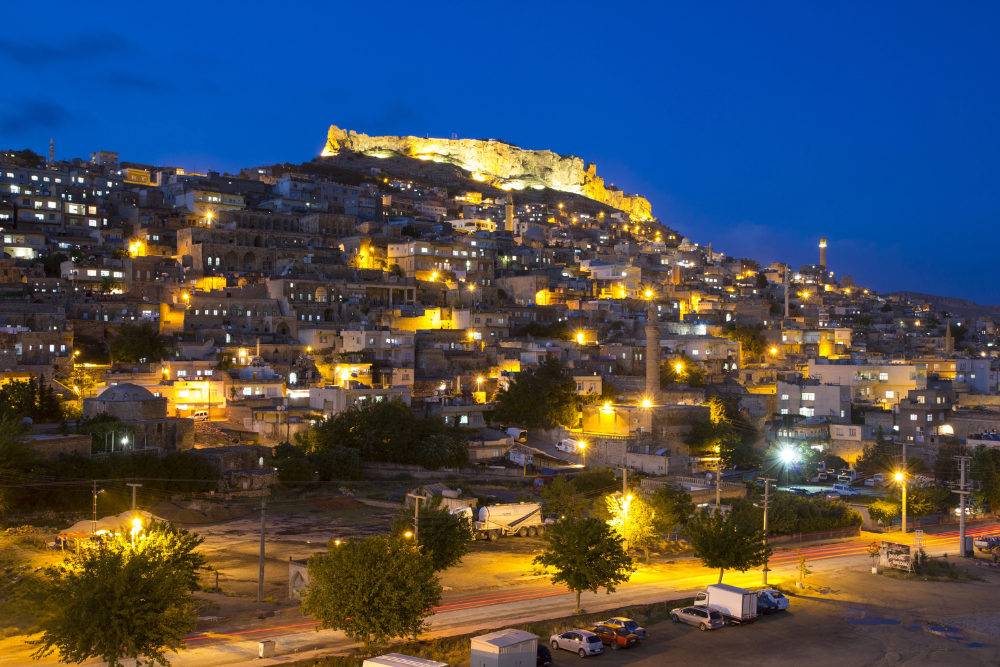Introduction
Diyarbakır is a historic city in southeastern Turkey, known for its rich cultural heritage, ancient architecture, and vibrant Kurdish identity. The city is famous for its UNESCO-listed city walls, which are some of the largest and best-preserved medieval fortifications in the world. Built from black basalt stone, these walls offer panoramic views of the Tigris River and surrounding landscape. Another highlight is the Great Mosque of Diyarbakır (Ulu Cami), one of the oldest mosques in Anatolia, reflecting Islamic, Roman, and Byzantine architectural influences. The city is also renowned for its Hevsel Gardens, an 8,000-year-old agricultural site that connects the city to the Tigris River.
Diyarbakır City Walls (UNESCO World Heritage Site)
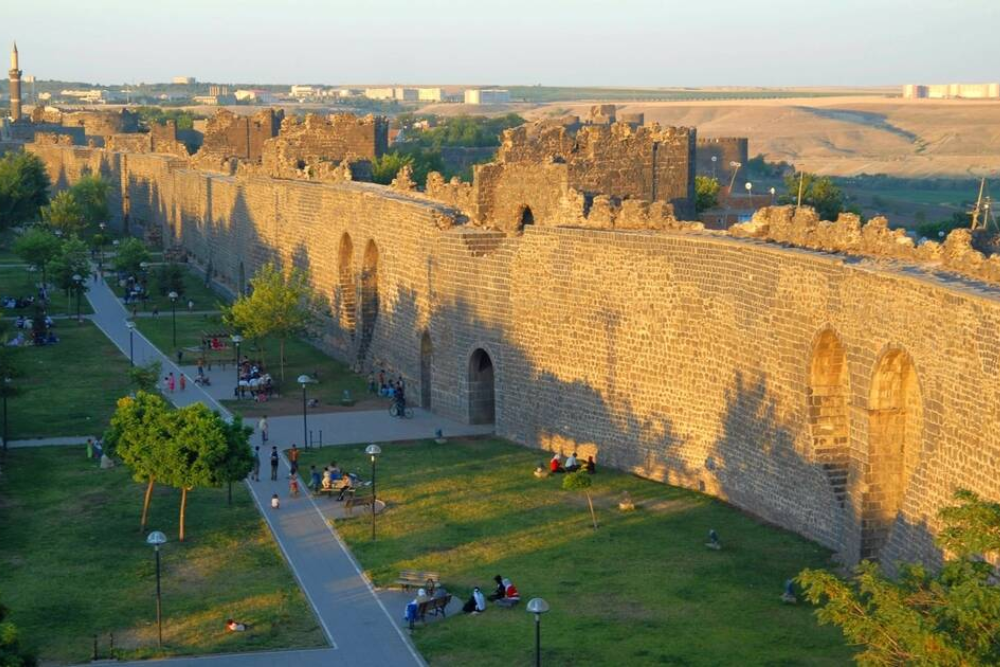
- These famous dark basalt stone walls date back to Roman and Byzantine times and are among the biggest and best-safeguarded city walls on the planet. Strolling along the defenses offers staggering all-encompassing perspectives on the city and the Tigris Stream. The walls likewise include noteworthy entryways and pinnacles that grandstand antiquated military engineering.
Hevsel Gardens
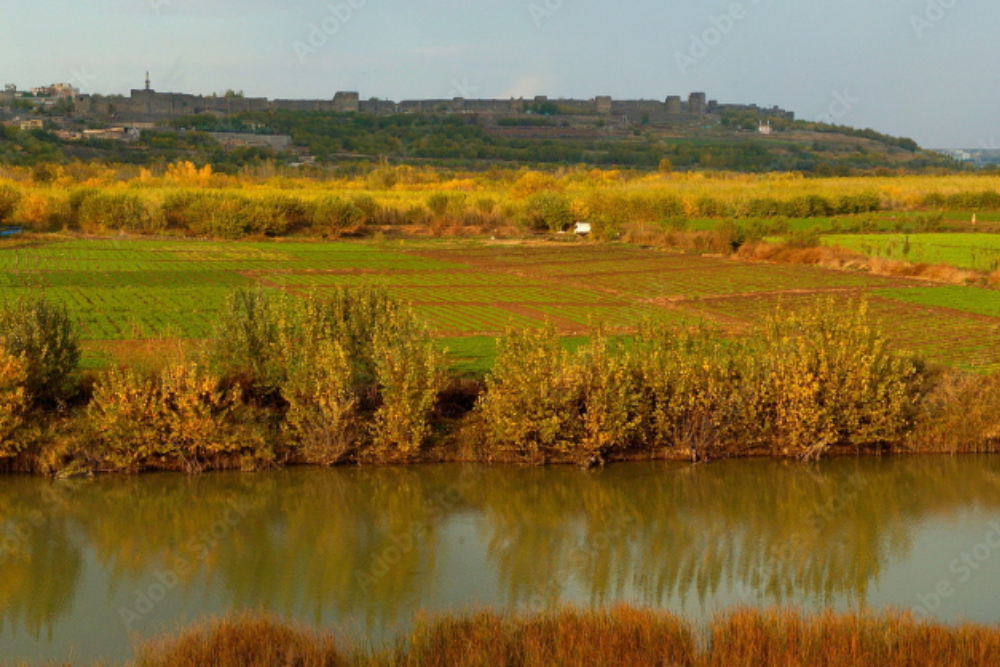
- A rich, fruitful green space extending from the city walls to the Tigris Stream, the Hevsel Nurseries have been an essential wellspring of farming for the district for more than 8,000 years. This UNESCO-recorded site is ideal for nature darlings, giving tranquil perspectives on vegetation and untamed life living spaces.
Great Mosque of Diyarbakır (Ulu Cami)
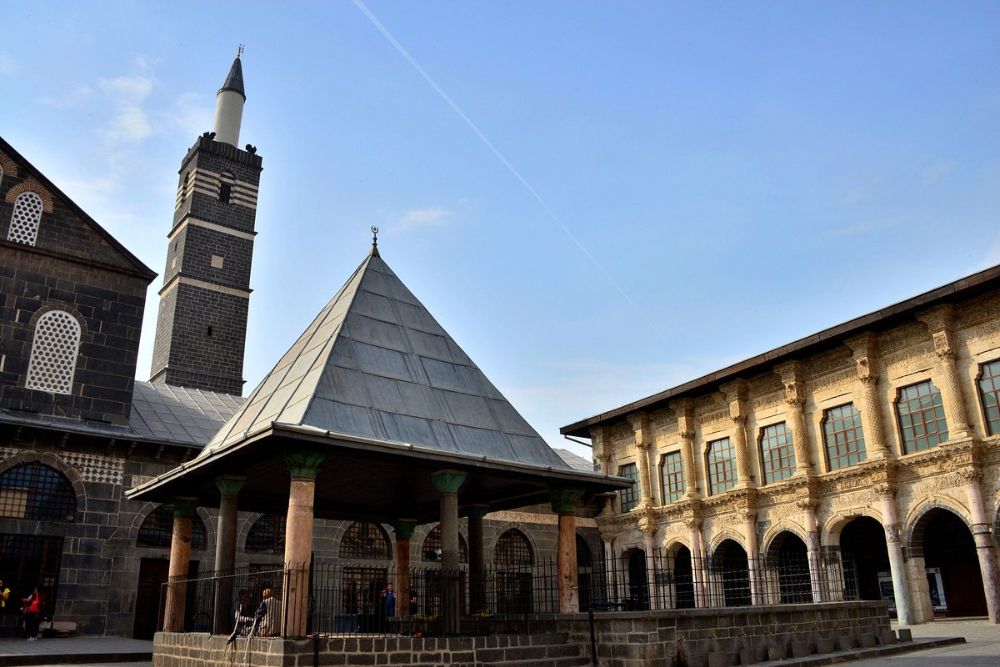
- Quite possibly of the main Islamic site in Anatolia, this mosque was worked in 1091 and is known for its mix of Islamic, Roman, and Byzantine building styles. Its dark basalt stone veneer, rich curves, and quiet yard offer a profound and verifiable experience for guests.
Diyarbakır Archaeological Museum
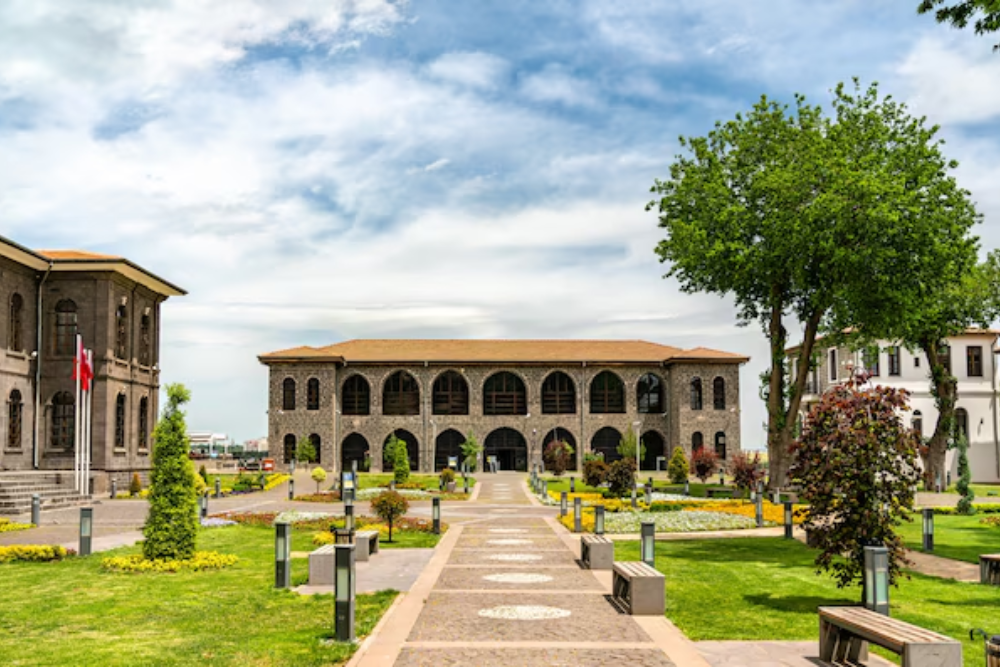
- This gallery gives a top to bottom investigate the district’s rich history, including displays on old Mesopotamian, Roman, Byzantine, and Islamic relics. Guests can investigate the social development of the area through figures, coins, ceramics, and customary Kurdish craftsmanship.
Deliller Hanı (Historic Caravanserai)
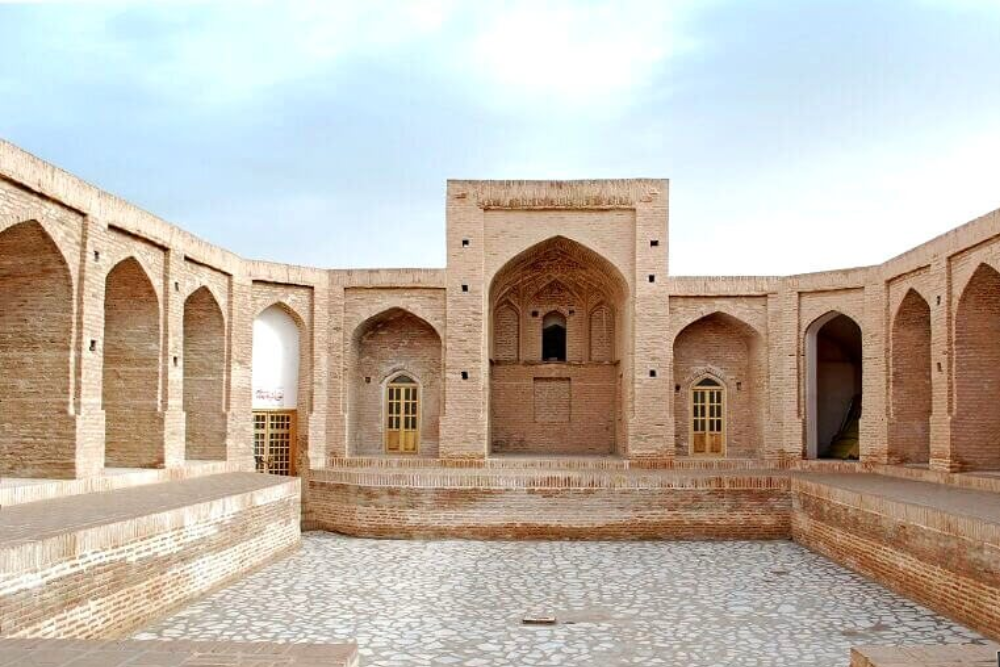
- Implicit the sixteenth hundred years as a visit for shippers, this caravanserai has been changed into a shop lodging and social site. Guests can appreciate customary Turkish tea in the focal patio while respecting its noteworthy stone design.
Off-Road Adventures to Mount Karacadag

- Mount Karacadağ, a wiped out volcanic mountain situated close to Diyarbakır, is a rough terrain lover’s fantasy. Guests can book 4×4 jeep visits to investigate the rough territory, volcanic developments, and grand scenes. The mountain is likewise known for its skiing valuable open doors in winter.
Tigris River Boat Ride
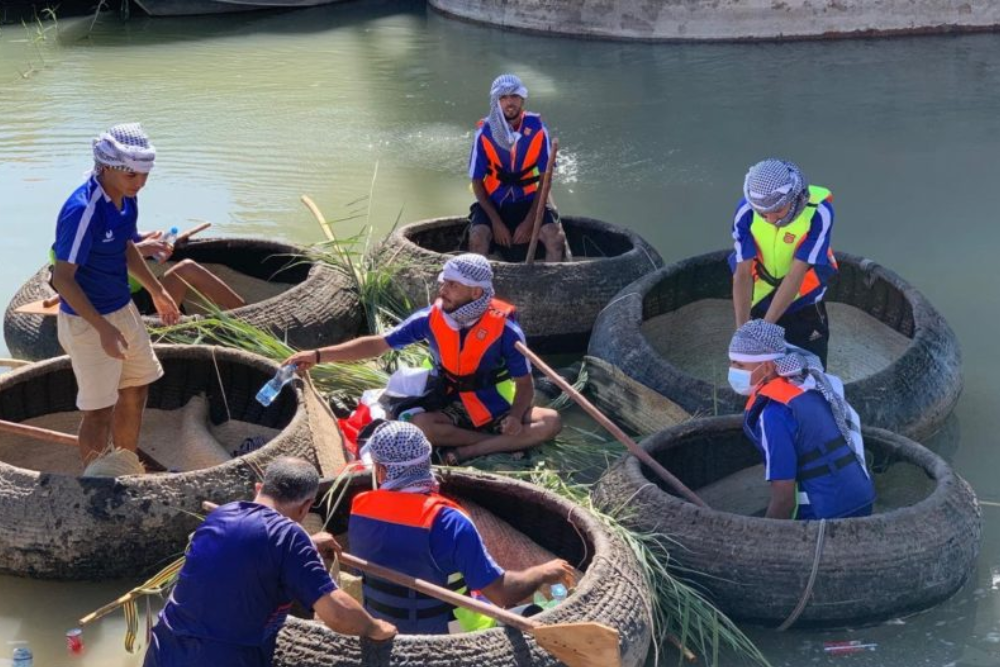
- A boat ride along the Tigris Stream offers a beautiful experience where guests can see the city walls and Hevsel Nurseries according to an exceptional point of view. This water experience gives unwinding and fervor as explorers journey along perhaps of the most famous stream in the area.
Caves and Hidden Tunnels Beneath the City
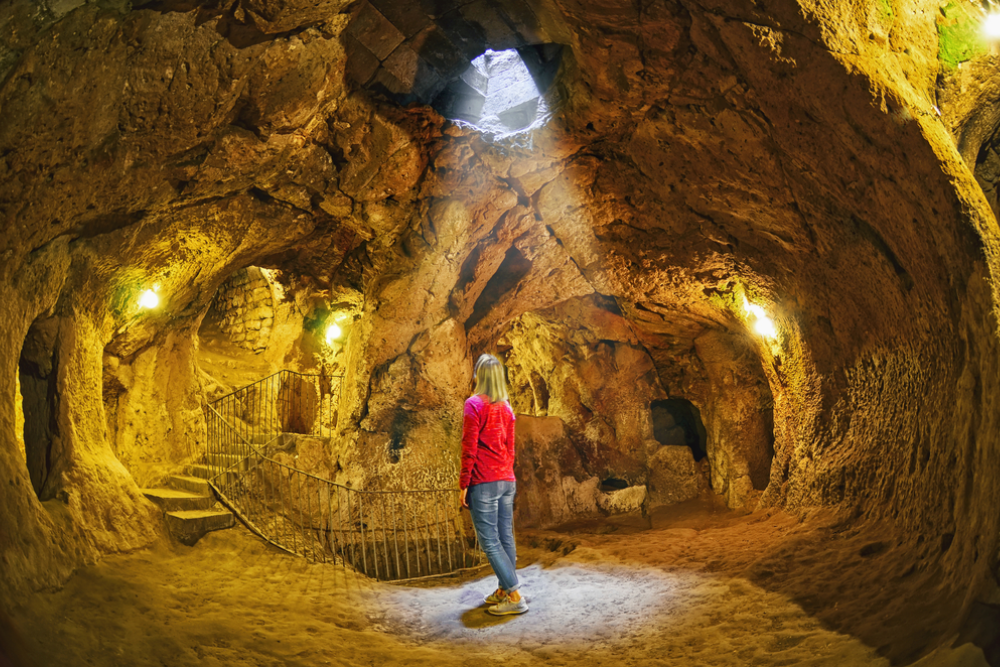
- Diyarbakır is home to an organization of underground passages and secret caverns connected to the city walls. These puzzling pathways were once utilized as mystery get away from courses or capacity regions. Neighborhood guides offer gutsy visits where guests can investigate the secret chambers, adding a bit of secret to their outing.
Dos and Don’ts in Diyarbakır
Dos
1. Respect Local Culture and Traditions
o Diyarbakır has major areas of strength for a social impact. Recognize nearby traditions, dress unobtrusively, and welcome local people amiably. Learning a couple of essential Turkish or Kurdish expressions can establish a positive connection.
2. Explore the Historic Sites
o Visit notorious tourist spots like the Diyarbakır City Walls, Hevsel Nurseries, Incredible Mosque (Ulu Cami), and the Diyarbakır Archeological Historical center. These spots give a profound knowledge into the locale’s old history and social legacy.
3. Try the Local Cuisine
o Taste the novel kinds of Kurdish and Turkish food, like Diyarbakır Kebab, Meftune (sharp stew), and burma kadayıf (sweet pastry). Be available to attempting conventional road food and eating at neighborhood eateries.
Don’ts
1. Don’t Discuss Sensitive Political Topics
o Diyarbakır has areas of strength for a character, and nearby opinions around Kurdish-Turkish relations can be touchy. Abstain from talking about legislative issues or offering dubious comments.
2. Don’t Take Photos Without Permission
o Be deferential while taking photographs of local people, particularly in business sectors, mosques, or regions with security presence. Continuously request consent prior to shooting individuals.
3. Don’t Ignore Local Dress Codes
o While Diyarbakır isn’t quite as moderate as another pieces of Turkey, it is prudent to dress humbly, particularly while visiting mosques or strict destinations. Ladies ought to cover their shoulders and knees, and men ought to try not to wear sleeveless shirts.
Best time to reach in Diyarbakır
1. Spring (April to June)
• The temperatures are gentle and open to, going from 15°C to 30°C (59°F to 86°F), making it ideal for investigating outside destinations like the Diyarbakır City Walls, Hevsel Nurseries, and the Tigris Waterway.
• This season likewise brings energetic plant life, particularly in Hevsel Nurseries and the encompassing regions, making it a wonderful chance to appreciate nature and go for picturesque strolls.
2. Harvest time (September to November)
• Like spring, the temperatures during fall are lovely, going from 18°C to 28°C (64°F to 82°F). It’s ideally suited for outside exercises without the intensity of summer.
• Fall frequently has nearby celebrations and occasions, offering guests an opportunity to encounter Kurdish customs and neighborhood makes.
3. Keep away from summer (July to August)
• Summers in Diyarbakır can be very sweltering, with temperatures frequently surpassing 40°C (104°F). While you can in any case visit, the serious intensity can make outside exercises self-conscious, especially for touring and climbing.
• Diyarbakır is less packed throughout the mid year, yet the intensity can overpower.



